The Boston Bruins missed the boat on a deal that could have landed them a scoring right winger to fill their top-six hole. It wasn’t necessarily an issue of bad work by general manager Don Sweeney, however, just an issue of timing and team necessity by the Minnesota Wild.
Related: Hurricanes Trade Rask to Wild for Niederreiter
The Wild and Carolina Hurricanes made a deal Thursday that saw Victor Rask traded to the Wild in exchange for Nino Niederreiter. On paper, this deal seems like a major win for the Hurricanes and a questionable one at best for the Wild.
While Rask has actually produced more points-per-game than Niederreiter has, edging him slightly with a 0.48 points-per-game mark versus 0.46 points-per-game, Niederreiter has been the more valuable of the two players so far in their respective careers.
As the table shows, Niederreiter has been a very effective player despite only scoring nine goals and 23 points in 46 games this season.
When looking at past season’s for Niederreiter, the results are even better, as should be expected given the fact that he’s a proven 20-plus goal scorer who has consistently found the back of the net every season.
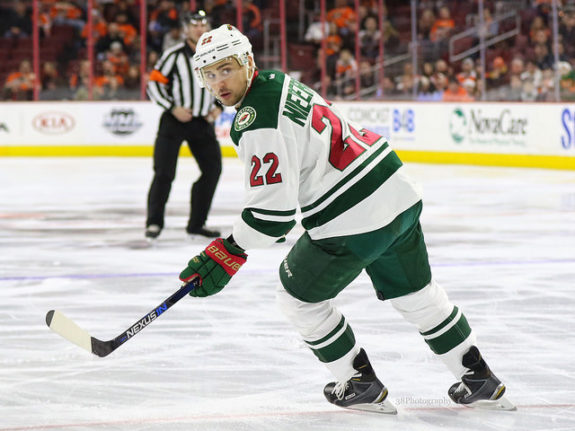
In terms of shot-share and possession numbers, Niederreiter has recorded relative Corsi-For% totals of 9.0, 7.8, 6.9 and 2.9 percent over the last four seasons respectively. In fact, since joining the Wild, Niederreiter has actually never recorded below a 50.4 Corsi-For% or a negative CF% rel.
Niederreiter is More Than an Analytical Darling
For those who aren’t interested in the advanced nature of Niederreiter’s statistics, his ability should be evident just from watching him play. He’s a smart player who uses his 6-foot-2, 218-pound frame to gain position and win puck battles.
He’s scored 24, 20, 25 and 18 goals in the last four seasons respectively. It should be noted that his 18 goals last season came in only 63 games as well and wasn’t a down year by any stretch of the imagination. In fact, it may have been his best.
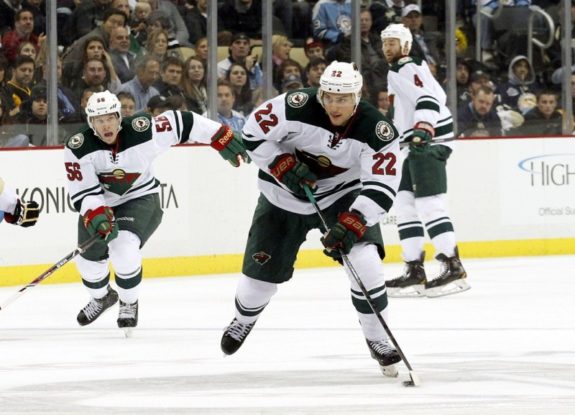
He isn’t just a goal-scorer either as Niederreiter has also recorded 119 assists in his career, including a career-high 32 in 2016-17.
In 498 games, Niederreiter has averaged 14:17 of ice time a game and has recorded 828 hits, 206 takeaways to only 147 giveaways and has also been a fairly balanced player as far as zone-starts go.
He’s started 50.8 percent of his even-strength shifts in the offensive zone and 49.2 in the defensive zone.
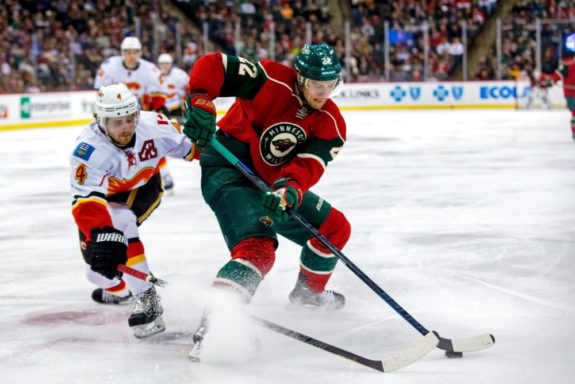
One thing that may give fans pause in any deal featuring Niederreiter is his contract. The 26-year-old is in the second year of a five-year, $26.25 million contract that comes with a $5.25 million cap hit and no trade protection or signing bonuses.
It may not seem like a player who’s only recorded over 40 points only twice in seven seasons (including a career-high 57 points in 2016-17) should be earning that much money each season, but the points don’t necessarily indicate the full story as mentioned earlier.
Niederreiter Would Have Filled a Major Need in Boston
As noted, Niederreiter is more than capable of scoring goals and with the Bruins sitting in last place in the league in shooting percentage, that’s a necessity moving forward. Especially when Niederreiter has proven he can effectively drive play when the goals aren’t even coming as frequently as he’s used to.
If we’re comparing shooting percentages, Niederreiter has scored on 12 percent of the shots he’s taken in his career. For reference, Patrice Bergeron has scored on 10.3 percent of his shots, Brad Marchand on 15,5 percent and David Pastrnak on 13.6 percent of his.
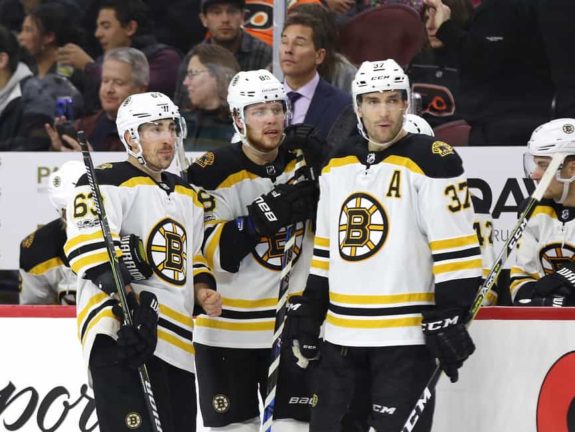
Niederreiter would fit in perfectly alongside David Krejci to give the Bruins the dominant top-six they’ve been looking for. As it stands, the team is in dire need of someone who can produce on the second line behind the team’s top trio of Bergeron, Marchand and Pastrnak.
Krejci and DeBrusk have proven to be successful together and using them with Joakim Nordstrom has worked, but it hasn’t yet yielded the appropriate offensive results that should dictate them being a full-time trio.
It’s clear that the Bruins need help and pairing Niederreiter with a very talented playmaker like Krejci and a hard-working left-winger like DeBrusk could have made all the difference.
Wild Sold Low on Niederreiter
Losing out on the Niederreiter trade wouldn’t seem like such a glaring miss by the Bruins if the Wild would have gotten more for him than Rask. Though the 25-year-old Swedish center is a solid player in his own right, he’s clearly in a class below Niederreiter as far as talent and production go.
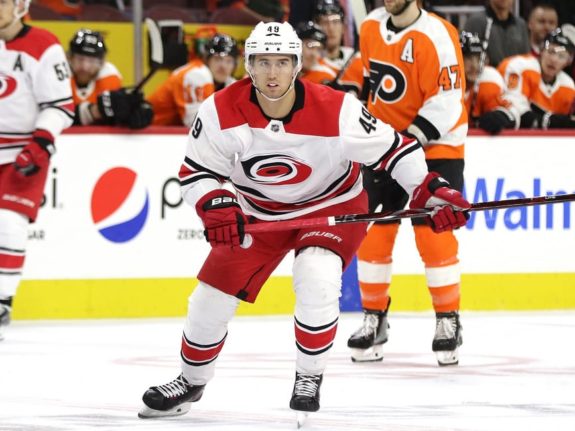
While the asking price was low, it also still may have been outside of the Bruins price range given the fact that they lack a third-line center.
If Rask was all it took for the Wild to trade away Niederreiter, then it seems clear that the team was looking for an established center has proven themselves as a secondary point-producer who can be used in all situations. The Bruins obviously don’t have such a player behind Bergeron and Krejci who has proven themselves as of yet.
It’s the unfortunate truth of the matter. Despite the fact that the team had Colby Cave (who they recently lost to the Edmonton Oilers via waivers), Jakob Forsbacka Karlsson, Trent Frederic and Jack Studnicka, none of those four players are established NHL pivots yet.
Though the latter three players may have more value than Rask as far as long-term potential goes, the Wild weren’t looking for a long-term option, they were looking for an immediate depth fix. Sean Kuraly would have been the team’s best option to use in such a deal as the 25-year-old has proven he can be a very effective NHL center.
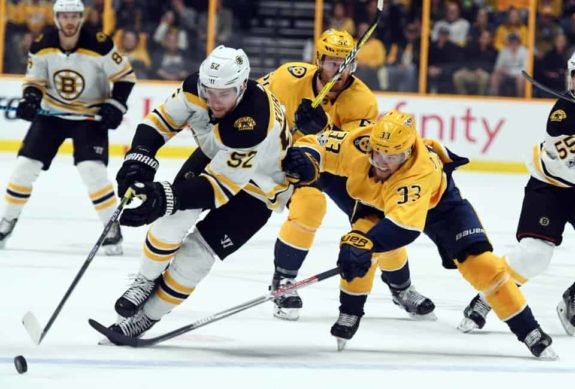
Still, Kuraly hasn’t produced as much as Rask has offensively and that’s the most glaring reason why he would have never been accepted in a one-for-one trade or even in a deal that included draft picks going to Minnesota as well.
If Kuraly was capable of filling a third-line hole consistently, he would already be doing so in Boston, ignoring the fact that the bottom-six of the Bruins doesn’t necessarily have an established third or fourth line between Kuraly’s line and the Forsbacka Karlsson, Danton Heinen and Ryan Donato line.
It’s trades like these that make the Bruins letting go of Riley Nash in the offseason sting.
Letting Nash Walk May Have Cost the Bruins Niederreiter
Nash may only have one goal and five points in 45 games this season (a result that should have seemed plausible after a breakout 2017-18 campaign in a contract year), but there’s no telling what he could have done had he remained in Boston on a line that he had obvious chemistry with alongside Heinen and David Backes.
Related: Chris Kelly a Cautionary Tale for Bruins With Riley Nash Contract Looming
Last season, Nash scored 15 goals and 41 points. For reference, that’s more than Rask’s 14 goals and 31 points.
When considering the fact that both Nash and Rask have produced almost identical point totals this season (one goal apiece with Rask producing one more assist than Nash has, though admittedly in 20 fewer games), it’s not that big of a stretch to say the Bruins could have used Nash in a deal to acquire Niederreiter.
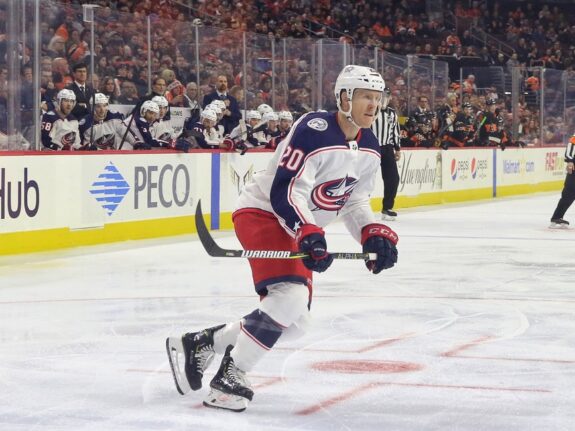
This is especially true when considering that Nash is signed to a three-year contract that carries a cap hit of only $2.75 million per season.
Hindsight is always 20/20, however, and claiming that re-signing Nash could have landed the Bruins a player like Niederreiter is easy to say after the fact. The reality of the matter is that the Wild sold themselves short for a player who has proven he can score consistently.
These types of deals cannot be predicted and every single move can be scrutinized when considering facts that are known after all is said and done.
The Bruins will have other options as the trade deadline rolls around and their loaded cupboard of prospects should still allow them to make a good trade. Still, this one stings all things considered.
